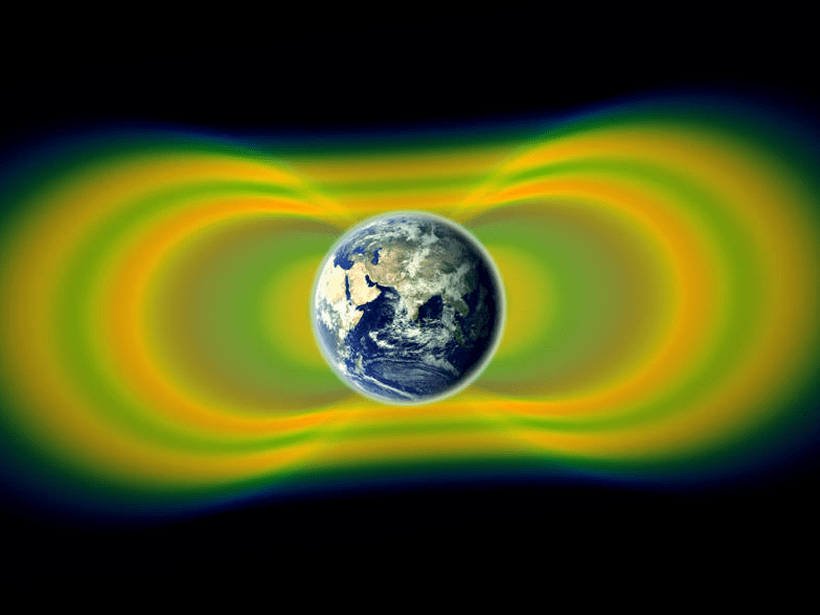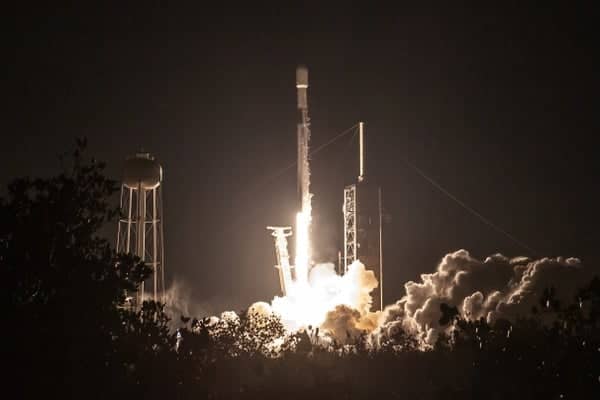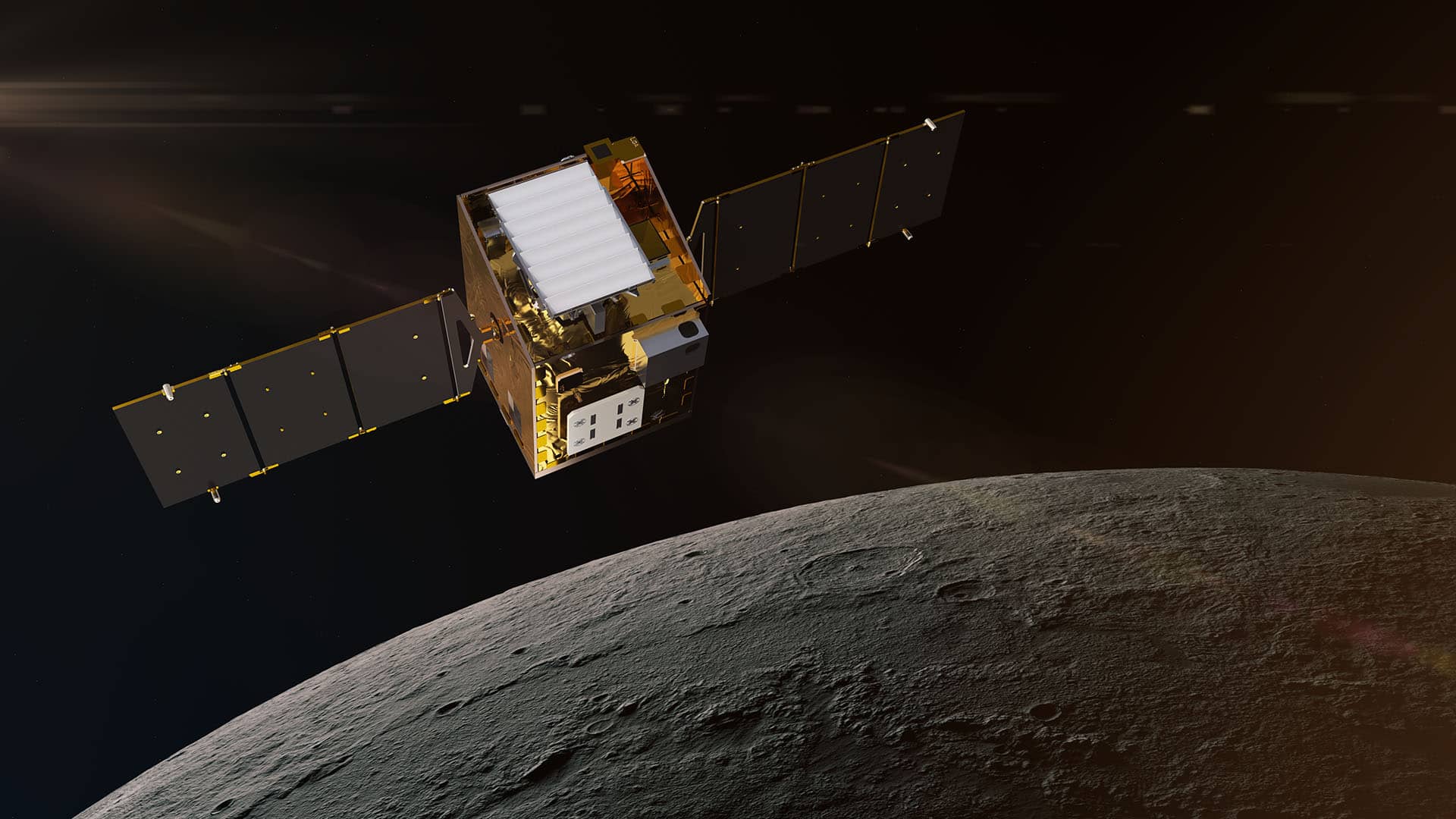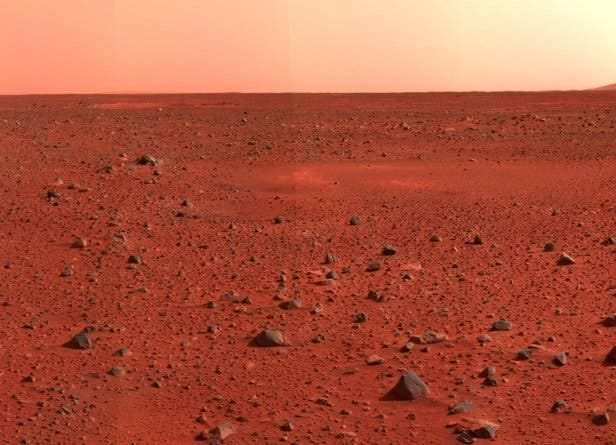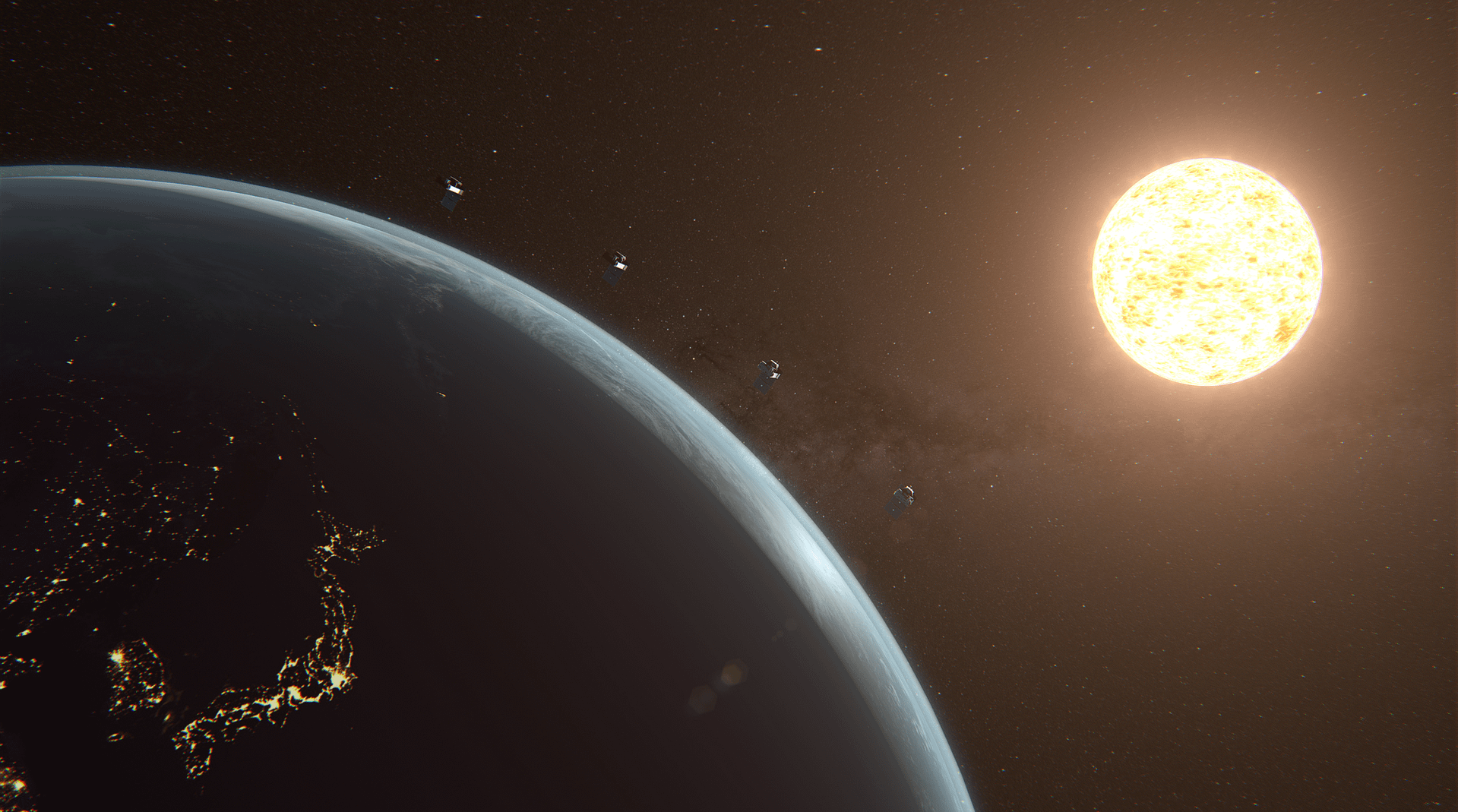Category: Science & Technology
-
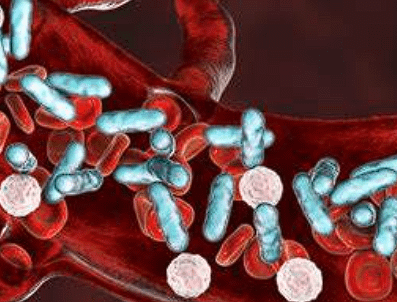
Neonatal Sepsis
A research published in The Lancet Global Health journal reveals alarming statistics regarding sepsis in newborns across India. The study examined over 6,600 cases in five district hospitals. It found that portion of newborns diagnosed with sepsis face high mortality rates. This issue is particularly pressing in low- and middle-income countries, where healthcare resources are…
-
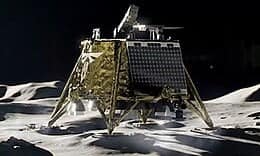
Blue Ghost Mission 1
On March 2, 2025, Firefly Aerospace successfully landed its spacecraft, Blue Ghost Mission 1, on the Moon. This marks only the second private mission to achieve a lunar landing and the first to do so upright. This milestone reflects the growing trend of commercial space exploration and NASA’s collaboration with private companies. Context of the…
-
New Species Discoveries in India and Sri Lanka
Researchers recently discovering two new species of jumping spiders in India and a unique leaf-nosed bat in Sri Lanka. These findings highlight the ecological richness of the region and the need for further exploration and conservation efforts. New Spider Species Discovery The University of Kerala has reported the discovery of two new species of jumping…
-
Encephalitis as Public Health Issue
The World Health Organization (WHO) has identified encephalitis as a pressing public health issue. This announcement comes amidst rising cases and under-reporting in India. Experts advocate for a national strategy to effectively address the disease. About Encephalitis Encephalitis is an inflammation of the brain with various causes including viral infections and autoimmune responses. It can…
-
Link Between Lightning and Earth’s Radiation Belts
Recent studies have revealed intriguing connections between lightning and the Earth’s radiation belts. High-energy particles, primarily electrons and protons, are present in two distinct Van Allen radiation belts encircling our planet. These belts were first discovered in the 1950s and have since been a focus of scientific research. New findings suggest that electromagnetic waves generated…
-
Aditya-L1 Captures the First-ever Image of Kernel
India’s first dedicated space-based solar mission, Aditya-L1, has achieved milestone. On February 22, 2025, the Solar Ultraviolet Imaging Telescope (SUIT) onboard Aditya-L1 captured the first-ever image of a solar flare ‘kernel’ in the lower solar atmosphere. This observation is crucial for understanding solar activity and its effects on Earth. Significance of the Discovery The flare’s…
-
Athena Moon Lander
Recently, Intuitive Machines launched its second lunar mission, the Athena moon lander, from NASA’s Kennedy Space Center. This mission follows the company’s historic achievement as the first private entity to successfully land on the moon. The Athena mission, part of the IM-2 programme, aims to explore the moon’s resources and deploy a lunar cellular network.…
-
Lunar Trailblazer Satellite
NASA recently launched the Lunar Trailblazer, a satellite aimed at locating water on the moon. This mission is crucial for future lunar exploration. Water is essential for sustaining human life and can be converted into oxygen and hydrogen fuel. The Lunar Trailblazer will focus on permanently shadowed craters at the moon’s poles, where water ice…
-
Why is Mars Red?
For years, scientists believed that the Mars’ red hue was solely due to iron minerals rusting in dry conditions. However, new research indicates a wetter history for Mars. This research combines spacecraft data from the European Space Agency (ESA) and NASA with advanced laboratory experiments. The findings suggest that ferrihydrite, an iron oxide requiring water…
-
PUNCH Mission
NASA’s Polarimetry to Unify the Corona and Heliosphere (PUNCH) mission aims to study the Sun’s atmosphere and its influence on space weather. Scheduled for launch on February 28, 2025, this mission will deploy four suitcase-sized satellites into Low Earth Orbit (LEO). Each satellite will weigh approximately 64 kg and collectively aim to enhance our understanding…


